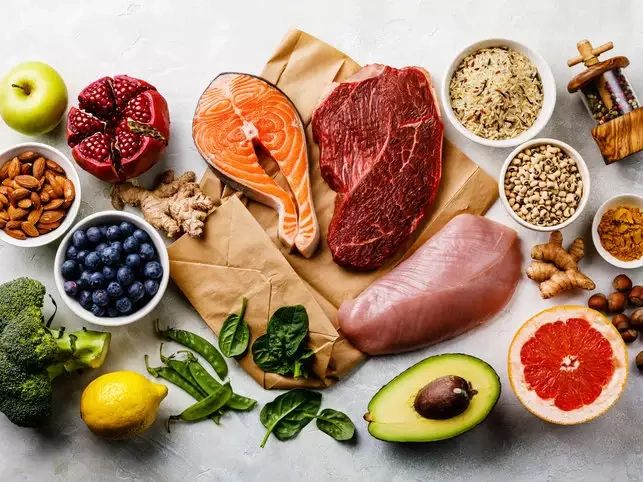Reframing Inflammation in the Tendon Repair Process

Instrument Assisted Soft Tissue Mobilization hastens recovery - get back to gym workouts QUICKER!
Athletes, medical professionals, and fitness enthusiasts often view inflammation as an opponent or obstacle to overcome. I mean, practically everyone's struggled with a bout of tendonitis. It's a common tendonitis management principle that athletes should "fight" against inflammation in order to get rid of it. However, contrary to popular belief, inflammation is the first stage in tissue repair, and should be viewed and treated as such.
THE TENDON TISSUE REPAIR PROCESS
Tissue repair processes are dependent upon the type of body tissue affected. Most research on tendon repair focuses on the healing process of tendon rupture as opposed to tendonitis. However, it can be assumed that the repair process for both tendon ruptures and tendonitis are similar.
Tendon repair is a three stage process:
- Inflammatory
- Proliferative
- Remodeling
THE INFLAMMATORY STAGE
Michael Gross defines inflammation as when the "body tissues are injured by physical trauma, intense heat, irritating chemicals, or infection by virus, fungi, or bacteria. Inflammation of a tendon, commonly referred to as "tendonitis," is caused by physical trauma that results from overuse. It is estimated that about 30% of running injuries and about 40% of elbow injuries in tennis players can be attributed to overuse of certain tendons. Tendonitis is a very common in sports demanding physical actions that lead to overuse from repetitive microtrauma.
In the inflammatory stage of tendon tissue repair, a hematoma, or blood clot, forms at the affected site. The hematoma activates the release of vasodilator chemicals, causing the tissue's blood vessels to dilate or widen. This allows for more blow flow to the affected area, causing the redness and warmth often seen with tendonitis. Vasoldilator chemicals also make the tissue's capillaries significantly more permeable. which allows important fluids to engorge the area, causing swelling seen with inflammation. This swelling then presses on the nearby nerve endings, which results in pain. These fluids that flood the area contain erythrocytes (oxygen-delivering red blood cells), neutrophils (protective white blood cells of the immune system), and monocytes (prptective single-nucleus white blood cells). Next, protective macrophage cells initiate phagocytosis, a process that rids the area of damaged and dead tissue cells. lastly, new blood vessels are formed through angiogenesis and new tendon cells (tenocytes) move toward the area of the affected site. Inflammation sets the stage for the remainder of the tissue healing process, which includes the proliferative and remodeling stages.
THE PROLIFERATIVE STAGE
In this stage, fibroblast cells, which form the fibers of connective tissue, initiate collagen synthesis. Type III collagen, which is the main structural protein in tendons, bones, cartilage, and other connective tissues, is most abundant in the proliferative stage. Additionally, high amounts of water are present at the site during proliferation.
THE REMODELING STAGE
In the final stage of tendon tissue repair, Type I collagen fibers, which are present in scar tissue, are organized along the tendon axis. These Type I collagen fibers are primarily responsible for generating mechanical strength in the tissue. the repaired tissue becomes stiffer and stronger throughout this stage.
COMMON RESPONSES TO INFLAMMATION
There are several ways that individuals respond to inflammation. The three most common responses include: neglect, icing the injured area, and using non-steroidal anti-inflammatory drugs (NSAID). When choosing the response, it is important to take into consideration the costs and benefits.
One of the best ways to address tendonit treatmentis to consult with a physical therapist who is expertly skilled in employing many manual techniques, including Instrument Assisted Soft Tissue Mobilization (IASTM), but also optimally loading the tendon for progressive strengthening, and a swift recovery and getting you back to full function and in the gym again!













